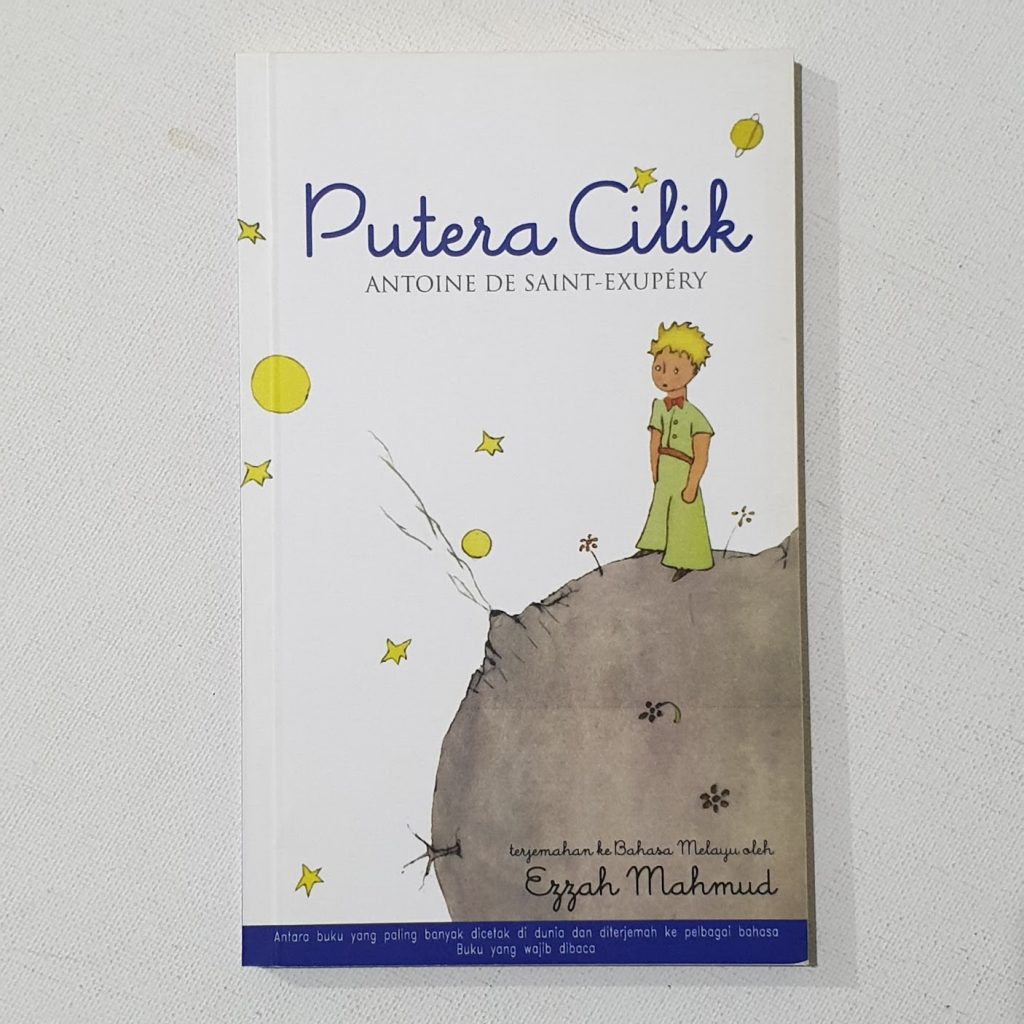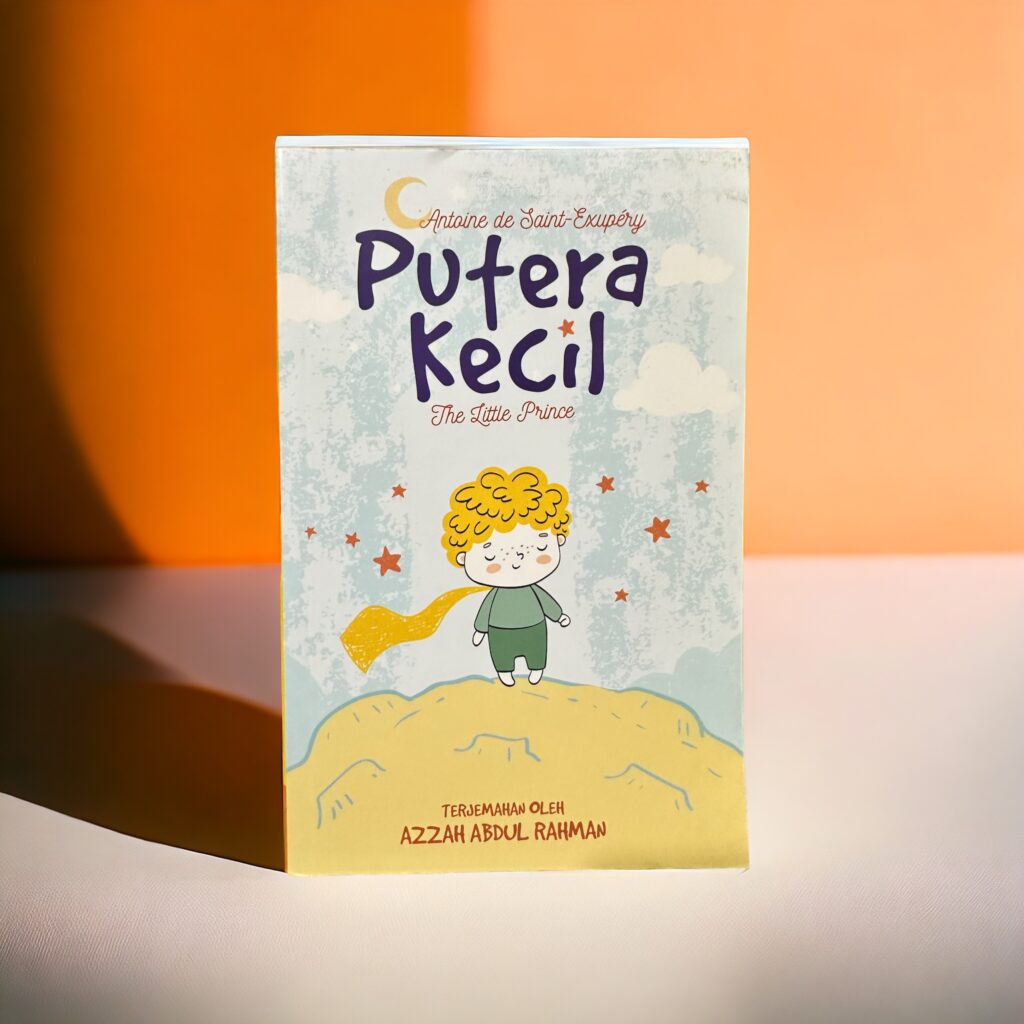Putera Cilik / Putera Kecil, in Malaysian language.

The Malaysian language (Bahasa Malaysia, بهاس مليسيا) or Malaysian Malay. When discussing language specifically, “Malaysian” typically refers to the Malaysian standard of the Malay language, known as Bahasa Malaysia or Bahasa Melayu, which is the national and official language of Malaysia.
I always tried to find this book when I visited west or east part of Malaysia. At last a small publisher published a new edition of this book. Proudly, I was their first overseas customer. Sending me the books was their first experience to send a package overseas. Then I shared the info to other LPP book lovers, so the publisher get more orders from other continents.
Malay itselt is a member of the Austronesian language family, which includes languages spoken in much of Southeast Asia and the Pacific. The Malay language has a long history as a lingua franca in the Malay Archipelago, used in trade, diplomacy, and as the language of Islam, which has been the dominant religion in the region since its introduction between the 12th and 15th centuries.

The standard form of Malay in Malaysia is based on the dialect of the southern Malay Peninsula, particularly around the Royal Court of Johor-Riau. This standard is slightly different from the Indonesian standard of Malay, known as Bahasa Indonesia, though the two are mutually intelligible to a large extent. Differences arise in vocabulary, spelling, and some grammatical aspects due to historical, cultural, and political divergences between Malaysia and Indonesia.
Bahasa Malaysia serves as a unifying language in a multilingual country, home to speakers of Chinese, Tamil, indigenous languages, and many others. It is used in government, education, media, and literature, playing a crucial role in national identity and interethnic communication.
Malay is written using the Latin alphabet, known as Rumi, which is almost exclusively used in Malaysia and Singapore. Historically, Malay was also written in a modified Arabic script called Jawi, which is still used in some religious and cultural contexts.

Malay has absorbed a significant number of loanwords from Sanskrit, Tamil, Chinese, Arabic, Portuguese, Dutch, and English, reflecting the diverse cultural and historical influences on the region. This makes the Malay language a rich tapestry of Malaysia’s extensive interaction with various cultures over the centuries.


